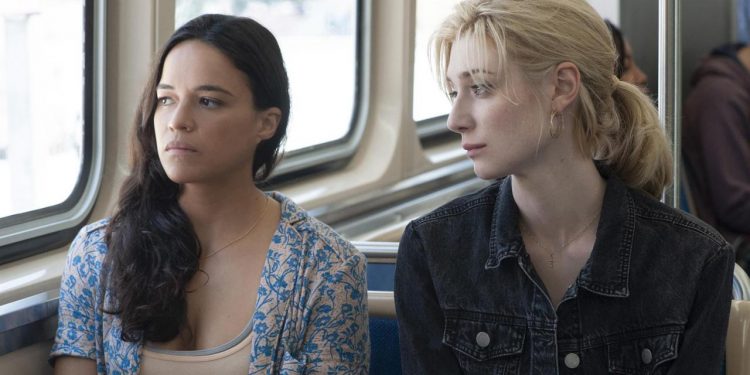
The Subtle Power and Beauty of Steve McQueen’s Work

**Steve McQueen’s Art: Trauma, Memory, and the Power of Observation**
Steve McQueen’s multidisciplinary artistic practice defies boundaries, seamlessly weaving together film, photography, and conceptual art. Known principally for his work as a filmmaker, including titles such as *12 Years a Slave* (for which he won an Academy Award), McQueen’s visual art holds an equally powerful gravitas. His latest tandem exhibitions at Dia Chelsea and Dia Beacon, stretching well into 2025, offer an evocative meditation on history, trauma, race, and observation, demonstrating his capacity for returning to moments and images that resonate with universal human experience.
### The Intricate Layers of “Bounty” and “Exodus” at Dia Chelsea
The exhibition at Dia Chelsea compellingly introduces us to **”Bounty” (2024)**, a series of 47 photographs capturing the vivid flowers of Grenada. Each bloom is captured in shallow focus, floating in isolation as though its fleeting beauty is preserved with urgency. Lined up together, these works encircle the walls of one room, offering a paradox: amid life’s grandeur, there is a muted undercurrent of trauma. Each photograph is notable for its eerie proximity to nature, reminding the viewer that these flowers have, undoubtedly, “seen” more than meets the eye. McQueen leaves much unsaid, content with suggestion. The tenderness in these images is complicated by metaphorical darker histories — the flourishing flora grows on lands bound up with the scars of colonialism and enslavement.
At the opposite wall is **”Exodus” (1992–97)**, one of McQueen’s earlier films. A short, silent video, it follows two West Indian men weaving their way through the busy streets of London’s Brick Lane Market, balancing coconut palms on their shoulders. The film captures the frenetic energy of McQueen’s discovery as a filmmaker in the making — a young art student at Goldsmiths College. Two Caribbean men, migrant symbols in a bustling metropolis, carry not only their palm trees but the weight of displacement. The scene feels like a coincidental gift that the filmmaker stumbles upon: a serendipitous moment made poignant through McQueen’s persistently keen eye for life’s surrealism and ironies.
### Deconstructing History in “Sunshine State”
On a more personal and devastating note, McQueen’s **”Sunshine State” (2022)**, a two-channel video installation, anchors the Chelsea exhibition with its forceful confrontation of racism in American history. Here McQueen juxtaposes excerpts from *The Jazz Singer* (1927), a notorious artifact of racial caricature (featuring Al Jolson in blackface), with his own haunting family narrative.
With one frame playing scenes of Jolson’s performance in reverse, and another presenting them as shifting between negative and positive, McQueen leaves us disturbed and disoriented. This distortion mirrors the confused legacy of blackface minstrelsy and racial violence. The spoken overlay begins calmly as McQueen recounts a story his father shared with him about surviving a racially motivated attack in 1950s Florida. Slowly, the account fractures. Retellings of the same story intercut with jarring silences dismember the narrative — much like the trauma it illustrates.
McQueen’s choice to pair this deeply personal trauma with scenes from *The Jazz Singer* makes a critical link between public, systemic racism and intimate, personal survival. The work is as much about what is told as it is about what remains unspeakable. As the performance on screen blurs and the hum of a roaring sun gradually envelops the viewer, questions about racial visibility, pain, and the burdens one generation passes to the next fill the void between each silent beat.
### A Minimalist Departure: “Bass” at Dia Beacon
In contrast to the vivid specificity of the Chelsea exhibits, **“Bass” (2024)** at Dia Beacon leaves much to the imagination. This immersive work unfolds in a more abstract and non-representational environment, relying on subwoofers, lightboxes, and bass frequencies to create an atmospheric space for reflection. The slow pulse of color that bathes the space gradually transitions between rich reds, purples, and greens, transforming the audience’s perception of time and space. Along with these visual elements, McQueen incorporates the low drone of traditional African instruments like the Malian *ngoni*, evoking connections to diasporic histories without ever fully revealing the source.
While *Bass* offers room for meditative wandering, it lacks the direct storytelling found in *Sunshine State*, which might leave some viewers seeking a less ambiguous message. But perhaps that too is McQueen’s point: not all histories are explicit, and not all traumas beg for articulation. As with abstract forms, history’s shadows linger and envelope us, sometimes refusing interpretation.
### The Confluence of McQueen’s Art and Film
Critically speaking